#marine ecosystems
Text
Bioinspiration in Ocean Conservation: Learning from Nature's Solutions
Nature has been honing its strategies for millions of years, adapting to the challenges of the natural world. In the realm of ocean conservation, scientists and researchers are increasingly turning to nature for inspiration, seeking innovative solutions derived from marine organisms and ecosystems. This approach, known as bioinspiration or biomimicry, holds tremendous potential for addressing the…

View On WordPress
#aquaculture#biodegradable#bioinspiration#biomimicry#coral reef restoration#marine ecosystems#marine life#marine wildlife#ocean#ocean ecosystems#ocean farming#tidal energy
3 notes
·
View notes
Text
I attended my first in-person conference on Tuesday, the British Ecological Society Aquatic Group annual meeting at Lancaster University! It was quite a small conference, but really enjoyable! So many incredibly interesting talks, ranging from global warming and ocean acidification to using meeting sponges to assess community diversity through eDNA!
Despite the grey, drizzly weather, it was a great experience, and I definitely have a few more papers to read and connections to make!
Lancaster uni also had a lovely campus with pretty architecture and lots of little green spaces! There was a gorgeous coffee shop on campus (who do amazing vegan hot chocolate!) called Coastal and co. If you're ever on campus, I highly recommend them! :)
Please enjoy this little photo I took outside of where the conference was! You can just about see the coffee shop I mentioned in the back!
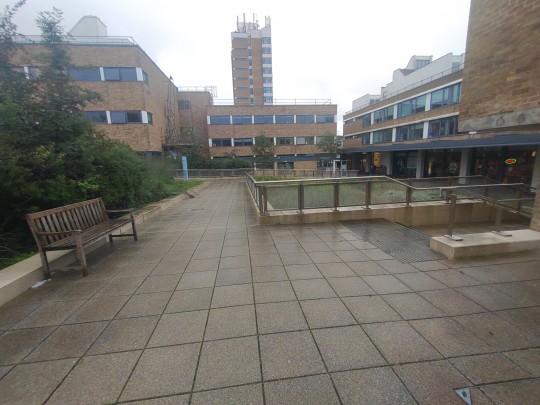
#phd life#marine ecology#ecological modelling#marine biology#ecology and conservation#marine ecosystems#phd research#phdblr#phd#academic conferences#British Ecological Society#aquatic ecology#aquaculture#university journey#uk universities#lancaster#Lancaster University#building confidence#working with social anxiety
5 notes
·
View notes
Text





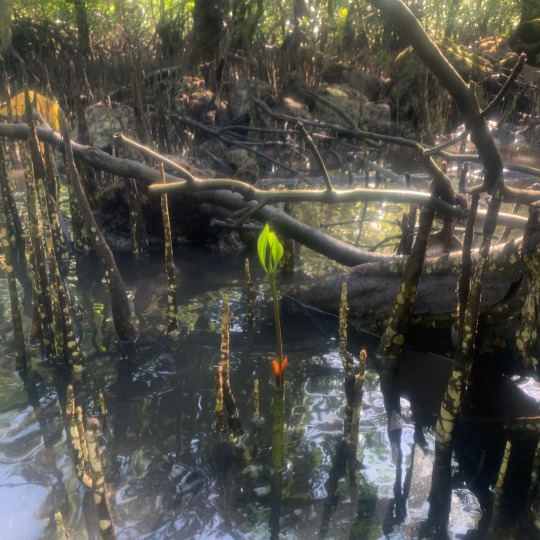



deep in the mangrove forest 🌳
4 notes
·
View notes
Text
tumblr used to be a high throughput reef ecosystem but then they banned titties and now we’re like an ecosystem in the abyssal sea floor just quietly chugging along, cycling through nutrients at a much slower rate.
then every once in a while a some huge news comes along like queendeath and it’s like a whale fall, we come crawling out of the woodwork like isopods, hagfish, and burrowing worms to feast on the memes for years
it’s been almost two years since destiel-putin-election and we still linger around those bones like limpets
52K notes
·
View notes
Text
Join the Posidonia Green Festival!
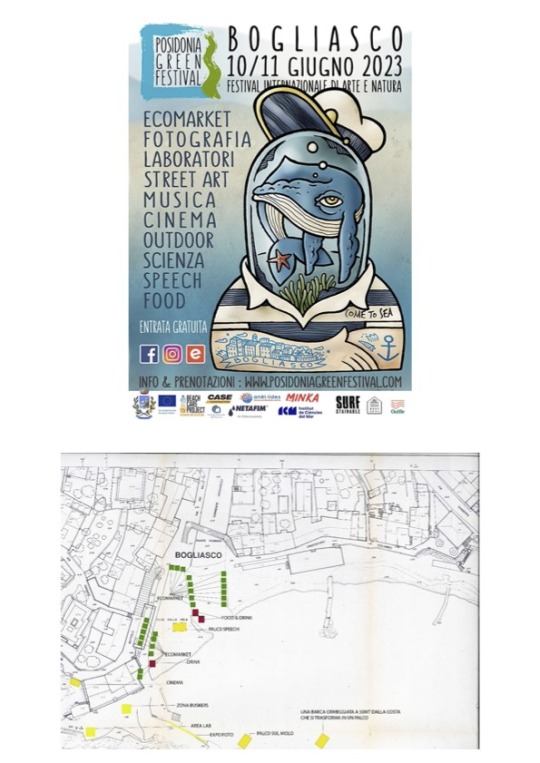
Posidonia Green Festival is one of the emblematic projects of the NGO Posidonia Green Project. An international Festival dedicated to the marine ecosystems by means of science, art and nature that promotes and acts in the culture of sustainability….
10 JUN – POSIDONIA GREEN FESTIVAL BOGLIASCO 2023
BOGLIASCO (GE, IT)
0 notes
Text
How seagrasses store carbon?
Along with being a haven for marine life, seagrass sediment is one of the planet’s most efficient carbon stores and prevents it from becoming a planet-warming greenhouse gas.
Now, researchers at the Max Planck Institute for Marine Microbiology in Bremen, Germany, a one-time coordinator of a European Union-UNEP project, have discovered how seagrasses store carbon.
The research shows that seagrasses convert organic carbon into large amounts of sugar during photosynthesis, mainly sucrose. Globally, seagrasses have produced between 0.6 and 1.3 million tonnes of these sugars. This is comparable to the amount of sugar in 32 billion cans of Coke.
0 notes
Text
Did you know that 4000 metres bellow the ocean there are chemosynthetic bacteria that are specifically evolved to digest the wood of trees that have grown on land?
The wood on the sea floor can come from trees that fall into lakes and end up in the ocean, or wooden ships that have sunken. (Called 'Wood-falls')
The reason why deep marine organisms are able to digest wood despite never seeing the light of day, let alone a plant - since plants are unable to grow in the deep ocean because of a lack of sunlight - is because the ocean is so isolated and scarce of food that when a new food source is suddenly available, organisms rapidly evolve to be able to eat it.
This is called 'Adaptive Radiation', and can also occur on isolated islands.

#Ocean#oceanology#marine biology#marine ecology#marine ecosystem#marine life#deep ocean#deep sea#microbiology#oceanography#oceancore#ocean floor#marine#seacore#Sea#deep marine life#sailorcore#fish#the abyssal#oceanic#sea#marine love#fun facts#ocean facts#marine biodiversity#evolution
7K notes
·
View notes
Text
Securing sustainable fish stocks around the world.
The Celebration of World Fisheries Day on November 21st with the fishing communities across the globe. will emphazise the importance of healthy marine ecosystems and the importance of securing sustainable fish stocks around the world.

#sustainable fish stocks#World Fisheries Day#fish stocks#marine ecosystems#Campaign#Fisheries#fishermen#21 November
0 notes
Text
We Are Turning the Oceans Green Through Climate Change... Literally
Over the past two decades, an intriguing trend has emerged in our planet’s oceans – a noticeable shift in their color. New research indicates that this phenomenon is a direct result of climate change and its effects on phytoplankton communities, with potential consequences for marine ecosystems and carbon storage. We explore the fascinating study that sheds light on this transformation, offering…

View On WordPress
#climate change#climate education#climate warning#marine ecosystems#marine life#NASA#ocean#ocean conservation#ocean health#ocean stratification#phytoplankton
5 notes
·
View notes
Text
This is so cool! Finding animal life beneath hydrothermal vents is incredible! Some of the things they found in the underwater cave systems in earth's volcanic crust include snails and tube worms. These tube worms alongside chemosynthetic bacteria, use the hydrogen sulphide in the chemical plumes from thermal vents by oxidising it to create energy and sugars to survive. How cool is that?!
I think this article also really demonstrates how important it is to conserve and protect lesser known ecosystems and species.
#protect the weird and wonderful#protect the ocean#ocean conservation#marine benthos#marine ecosystems#marine biology#aquatic ecology#aquatic creatures#ecology and conservation#marine ecology#deep sea#deep sea mining#deep sea creatures#deep sea conservation#Ocean thermal vents#tube worms#chemosynthetic bacteria#chemosynthesis
4 notes
·
View notes
Quote
A nurdle is a bead of pure plastic. It is the basic building block of almost all plastic products, like some sort of synthetic ore; their creators call them “pre-production plastic pellets” or “resins.” Every year, trillions of nurdles are produced from natural gas or oil, shipped to factories around the world, and then melted and poured into molds that churn out water bottles and sewage pipes and steering wheels and the millions of other plastic products we use every day. An estimated 200,000 metric tons of nurdles make their way into oceans annually. The beads are extremely light, around 20 milligrams each. That means, under current conditions, approximately 10 trillion nurdles are projected to infiltrate marine ecosystems around the world each year.
Neel Dhanesha, ‘The massive, unregulated source of plastic pollution you’ve probably never heard of’, Vox
1 note
·
View note
Text
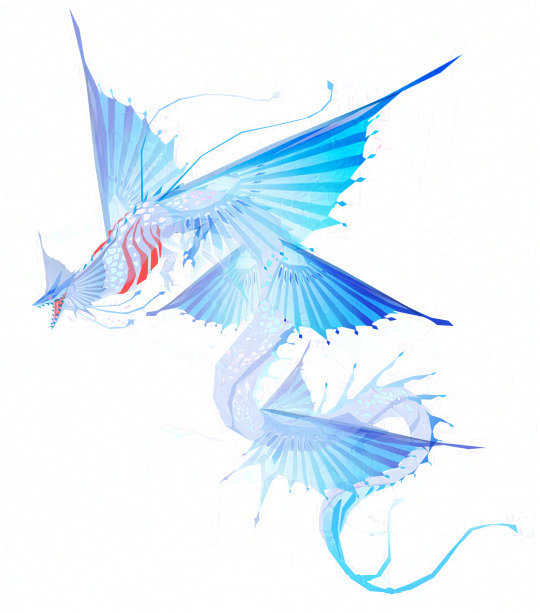
Commission for @irazel !
Really love how this one came out! Was very fun to design a flying fish/shark inspired dragon 🐉🌊🐟
(not to mention dragons are my favourite!)
#digital art#digital illustration#creature#aesthetic#art#creature design#concept art#fantasy creature#fantasy#artwork#art commissions open#monster#speculative biology#speculative evolution#ecosystem#concept design#animal#original art#original creature#nature#dragon art#dragon#wyvern#leviathan#sea serpent#sea dragon#marine life#aquatic#flying fish#ocean
1K notes
·
View notes
Text
"Discarded shells from restaurants and hotels are being used to restore damaged oyster ecosystems, promote biodiversity and lower pollution in the city’s bays...
Nestled in between the South China Sea and the Pearl River Delta, Hong Kong has been seen historically as an oyster hotspot. “They have been supporting our livelihood since ancient times,” says Anniqa Law Chung-kiu, a project manager at the Nature Conservancy (TNC) in Hong Kong. “Both oysters and their shells are treasures to humans.”
Over the past five decades, however, the city’s sprawling urban development, water pollution, as well as the over-harvesting and frequent seafloor dredging by the lime industry – which uses the crushed shells to make construction material – have destroyed Hong Kong’s oyster habitats and made the waters less hospitable for biodiversity.
The more oyster colonies falter, the worse the problem gets: oysters are filter feeders and purify water by gobbling up impurities. Just one Hong Kong oyster can filter up to 200 litres of water a day, more than any other known oyster species. But decades of rapid industrialisation have largely halted their water-purifying services.
The depletion of Hong Kong’s natural oyster reefs also affects the ability of local farmers to sustainably cultivate their oysters in a healthy environment, denting the reputation of the city’s 700-year oyster farming tradition, designated by Unesco as an “intangible cultural heritage”.
Inhabitants of the coast feel abandoned, says Ken Cheng Wai-kwan, the community leader of Ha Pak Nai on Hong Kong’s Deep Bay, facing the commercial city of Shenzhen in China. “This place is forgotten,” Cheng says. “Oysters have been rooted here for over 400 years. I ask the question: do we want to lose it, or not?”
A group of activists and scientists are taking up the challenge by collecting discarded oyster shells and recycling them to rebuild some of the reefs that have been destroyed and forgotten in the hope the oysters may make a comeback. They’ve selected locations around the island where data they’ve collected suggests ecosystems still have the potential to be rebooted, and there are still enough oyster larvae to recolonise and repopulate reefs. Ideally, this will have a positive effect on local biodiversity as a whole, and farming communities.
Farmers from Ha Pak Nai were among the first to hand over their discarded shells to the TNC team for recycling. Law’s team works with eight oyster farmers from Deep Bay to recycle up to 10 tonnes of shells every year [over 22,000 pounds]. They collect an average of 870kg every week [over 1,900 pounds] from 12 hotels, supermarkets, clubhouses and seafood restaurants in the city, including some of its most fashionable establishments. About 80 tonnes of shells [over 176,000 pounds] have been recycled since the project began in 2020.
Restaurants will soon be further incentivised to recycle the shells when Hong Kong introduces a new fee for waste removal – something that is routine in many countries, but only became law in Hong Kong in July and remains controversial...
Preliminary data shows some of the restored reefs have started to increase the levels of biodiversity, but more research is needed to determine to what extent they are contributing to the filtering of the water, says Law.
Scientists from the City University of Hong Kong are also looking to use oyster shells to increase biodiversity on the city’s concrete seawalls. They hope to provide tiny, wet shelter spots around the seawall in which organisms can find refuge during low tide.
“It’s a form of soft engineering, like a nature-based solution,” says Charlene Lai, a research assistant on the team."
-via The Guardian, December 22, 2023
#oyster#oyster farming#sea shells#seafood#hong kong#ecosystem restoration#biodiversity#ecosystem#water pollution#clean water#cultural heritage#marine life#marine animals#marine science#good news#hope
795 notes
·
View notes
Note
Do you know any cookie cutter shark facts or lantern shark facts
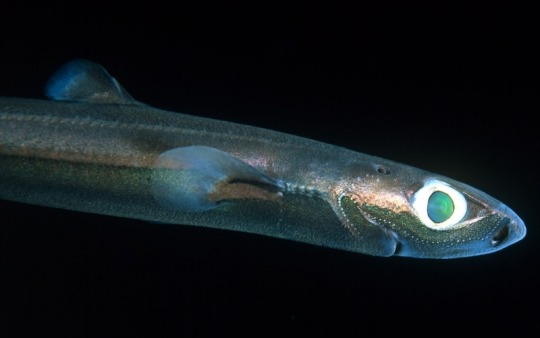
Etmopterus perryi or Dwarf Lantern Sharks
Dwarf Lantern Sharks are so cute! They grow to be a maximum of 20 cm (7.9 in) and live in the Bathypelagic zone at depths of 1,000 - 3,000 m (3,300 – 9,800 ft). This zone is also known as the midnight zone because there is no light. This is why this shark has really large eyes comparative to its body size! This shark, like some other deep-sea sharks, can glow! They have organs known as photophores on its underside, used as camouflage and to attract prey.
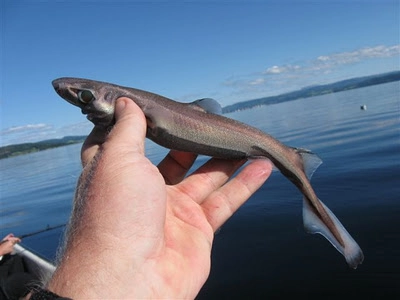
These sharks are rarely seen, so there's still a lot we don't know about them!
Thanks for the ask; a post about cookie cutter sharks will be up soon, and I'll link it here!
#marine biology#marine ecology#animals#science#biology#fish#shark#sharks#sea creatures#marine life#sea life#sea animals#lantern shark#lantern sharks#dwarf lantern shark#marine creatures#marine ecosystem#ocean#oceans#wildlife#cool sharks#fun facts#animal facts#ecology#zoology#conservation#evolution
583 notes
·
View notes
Text
By studying calcifying organisms, Leanne aims to better understand the impacts of human activity on marine ecosystems. Through her research, she hopes to influence policy that helps protect marine calcifiers in the future.
“Why is this important? The idea is that the more porous the shell, the weaker it is. Mussels need strong, robust shells to protect their inner soft organs—and that strong 3D structure is important for ecosystem function as habitat formers and storm defenses.
Currently, the changes seen in shell porosity are not large enough to influence the material properties, so we aren’t seeing weaker shells just yet. But with further warming in our oceans being predicted, this could potentially lead to even more porous shells, potentially impacting mussels’ function as habitat formers and storm defenses, as well as their ability to protect themselves from predation,” Melbourne explains.
Learn more about her research here.
#science#museum#amnh#natural history#nature#marine biology#marine ecosystem#mussels#bivalve#did you know#fact of the day#research#women in stem#climate change#conservation#earth month#earth day
298 notes
·
View notes
Text

Convergent evolution is the evolution of 'analogous' or similar structures in organisms that are not closely related. Such as the wings of insects, birds and bats.
One potential example of this is the Diplomoceras maximum, an extinct squid-like creature who is clearly analogous to, or a distant cousin of Clippy the paperclip.
This amazing creature lived 68 million years ago, with the most notable fossil found at the cephalopod rich López de Bertodano Formation of Seymour Island, Antarctica. An area that was formerly warmer before further movement of tectonic plates.
The fossil shell measured an impressive 1.5 metres and is formed from ridges, speculated to grow a section annually. These ribs are thought be similar to tree rings, being used for dating samples and gaining insight about the environment of the prehistoric sea, such as measuring the carbon and oxygen isotopes in the shell.
Paleoart by James McKay
#marine biology#marine life#marine animals#ocean animals#marine zoology#cephalopods#molluscs#paleontology#fossils#ocean#wet beast wednesday#marine ecosystem#marine#zoology#animal facts#animalia#animal#sea animals#sea creature#sea creatures#sea life#ocean life
201 notes
·
View notes